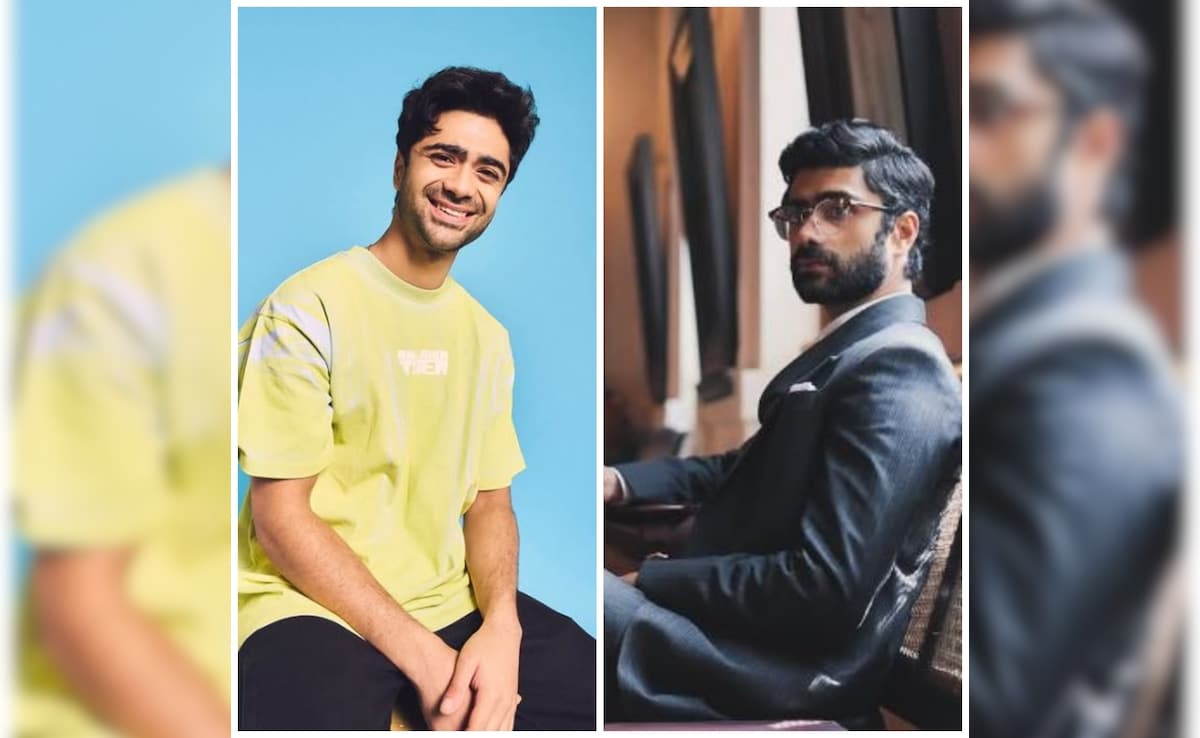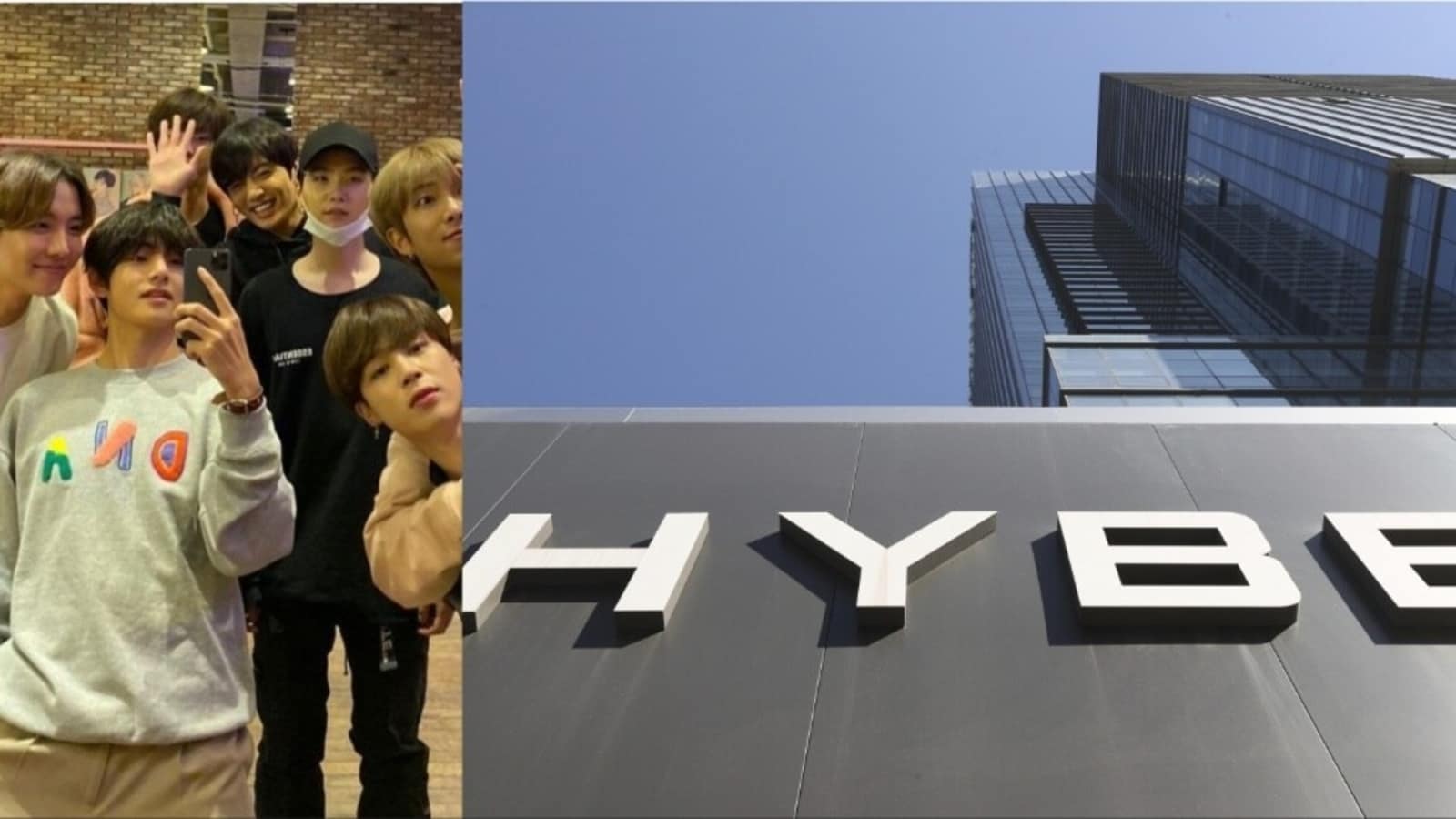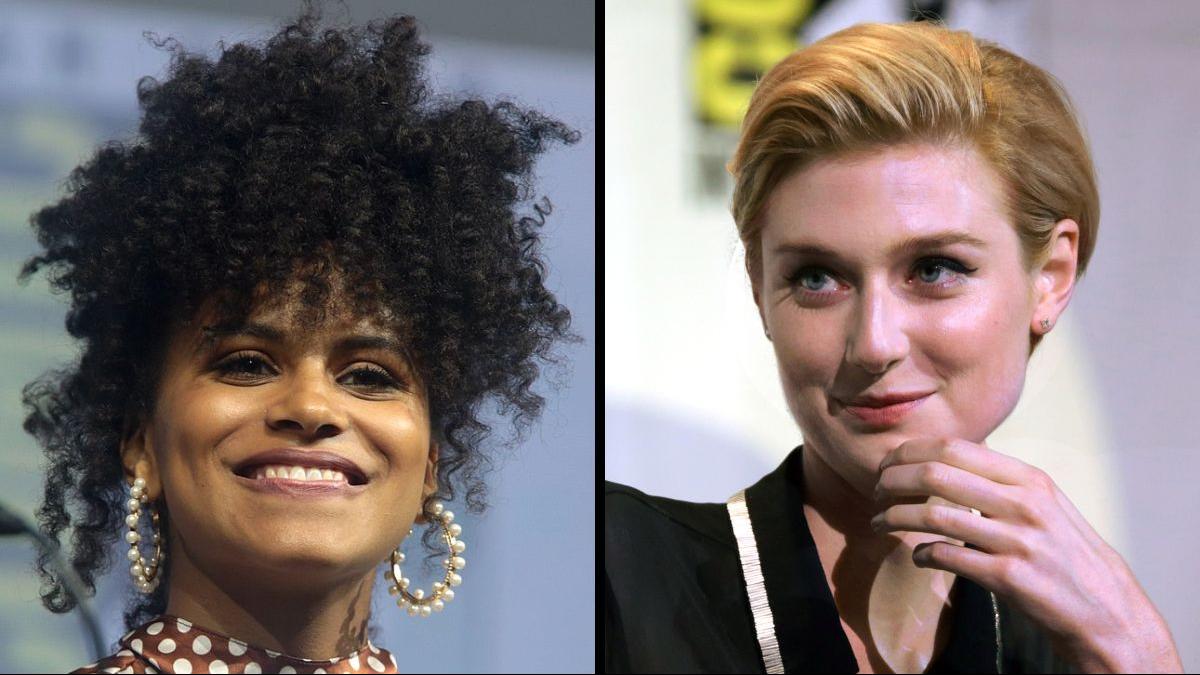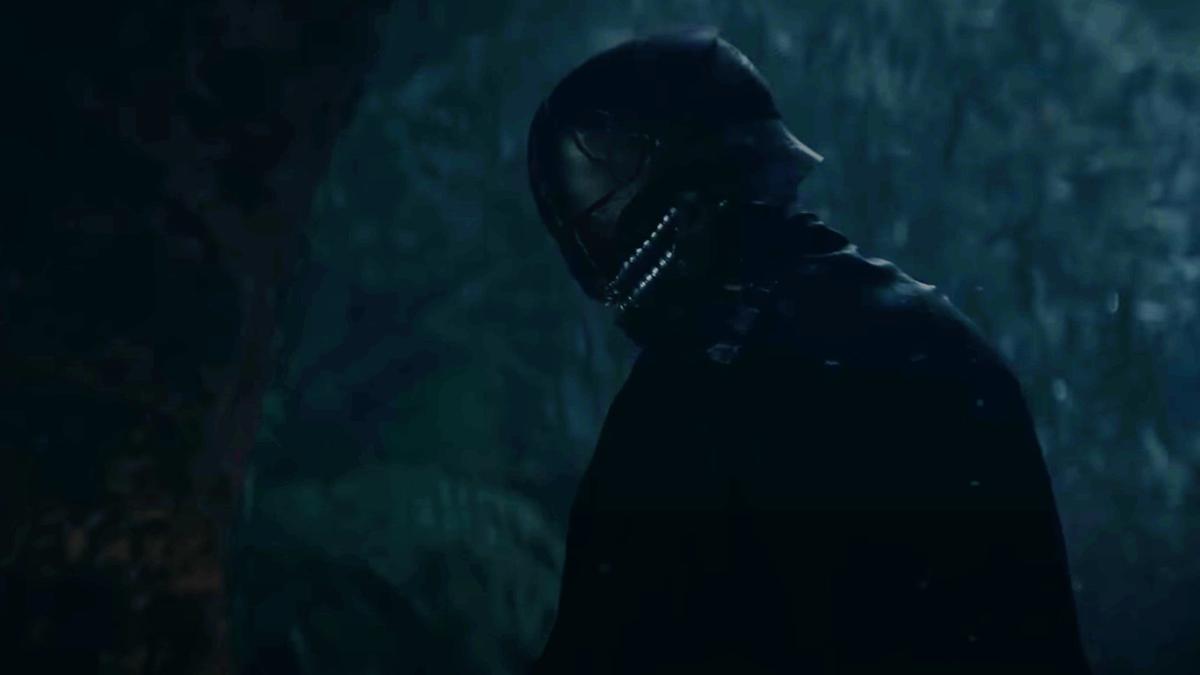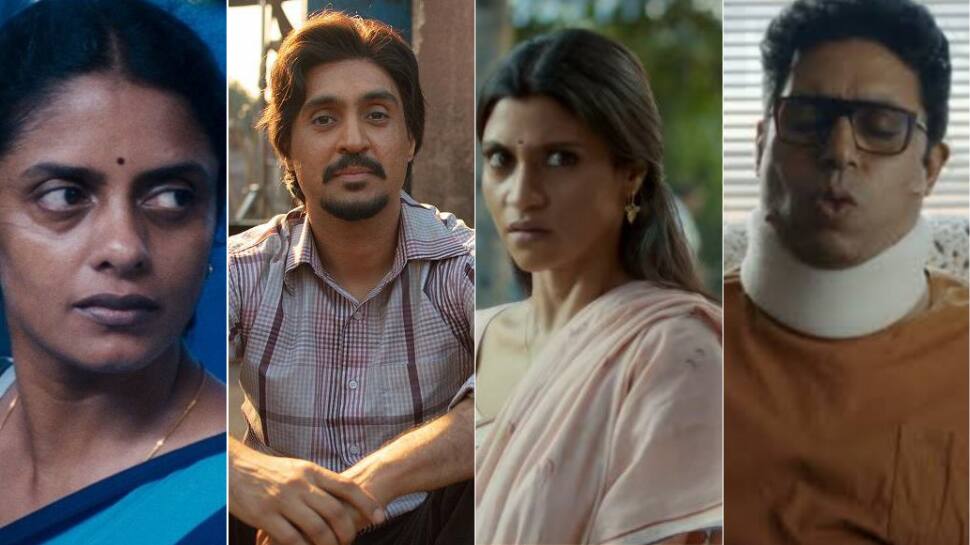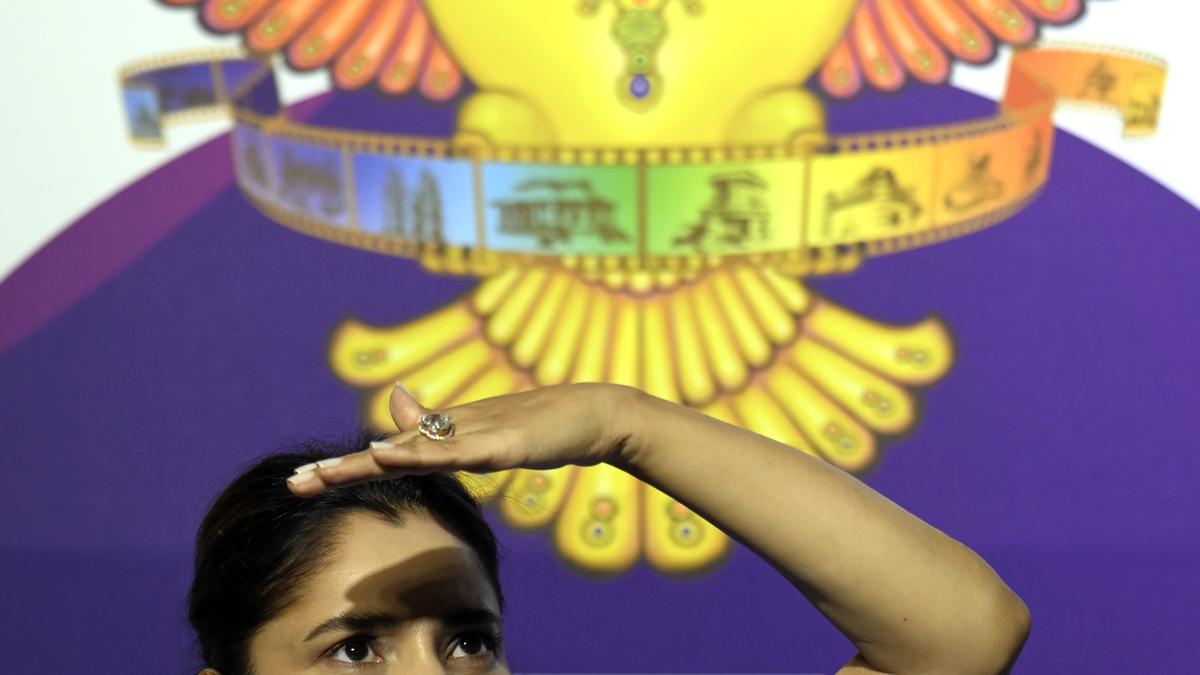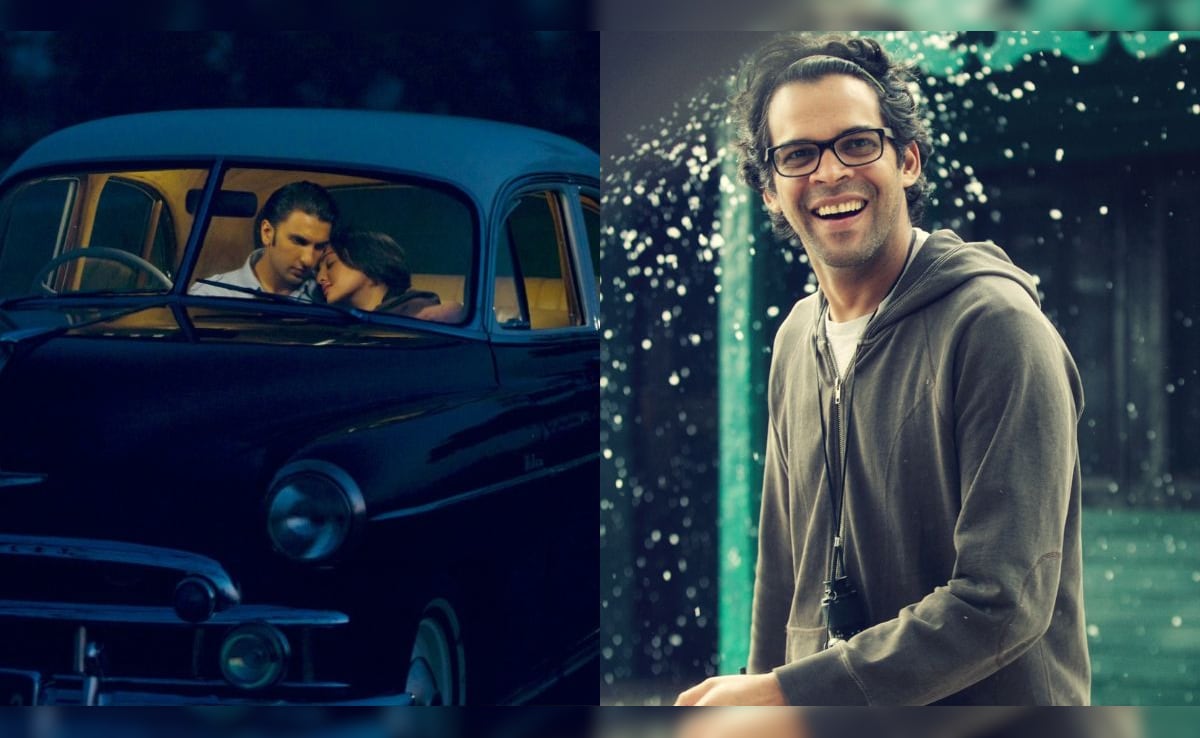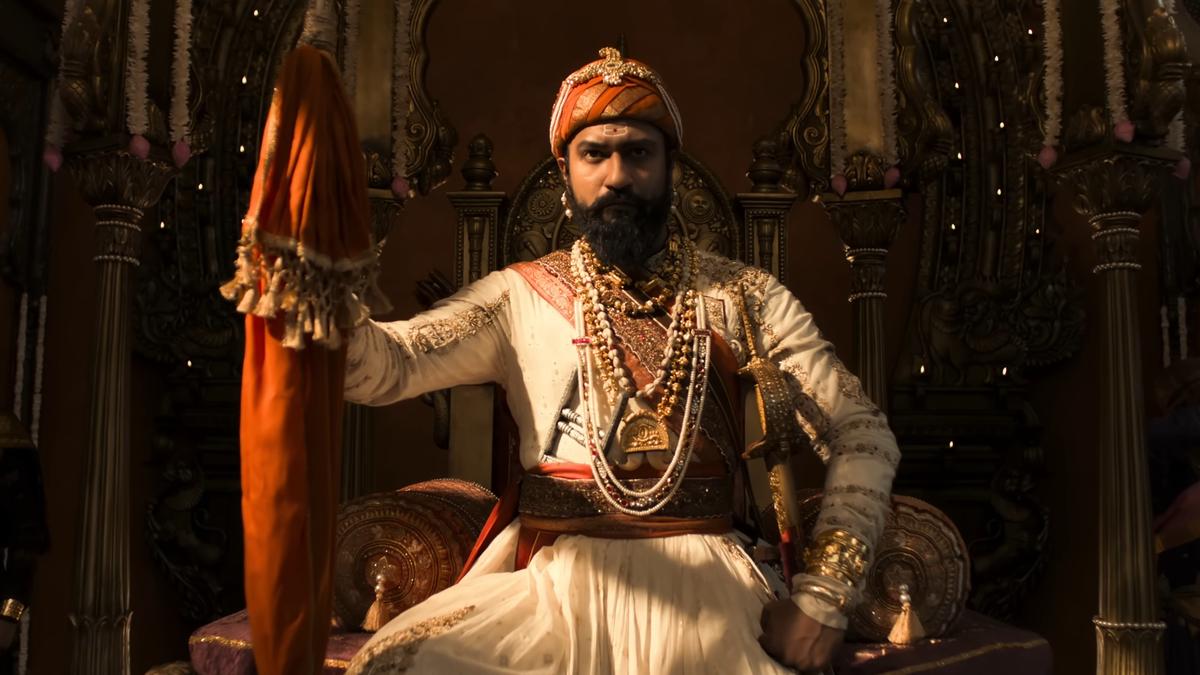
Chhatrapati Shivaji, the founder of the Maratha Empire and an extraordinary warrior, created a legacy that is difficult to follow. The stories of his empire, his exploits and his valor form the basis of the historical and socio-political narratives of Maharashtra, with rival political factions vying to be considered Shivaji’s true spiritual son.
His real sons had more than just a spiritual inheritance to claim. Fierce Tiger, Successor Tiger Cub Chhava – This epithet was given to Shivaji’s elder son Chhatrapati Sambhaji, and is the title of a book by the famous Shivaji Sawant.
It is also the name of an upcoming film based on this book in which Vicky Kaushal plays the role of Sambhaji based on his life and times. The film is directed by Laxman Utkekar, and is scheduled to release on February 14, 2025. Its trailer was released on January 22, and there is already concern over the historicity and appropriateness of some elements (for example: will Sambhaji dance?).
As with most historical dramas, the jury will be divided on what is fact and what is (acceptable) fiction. However, the identity and existence of Sambhaji is not one of the issues of debate.
Sambhaji’s story
Sambhaji was born in 1657 in the Purandar Fort to Chhatrapati Shivaji and his second wife Saibai. There are different stories about his date of birth, some claim it is May 14 while others mark it as per the Hindu calendar.
Saibai reportedly died when he was still a child. Sambhaji grew up in the shadow of his famous warrior-father. He gained the reputation of being brave, clever and a scholar of many languages.
Shivaji died in April 1680 after suffering from dysentery. He left a Maratha empire with a “great but undefined extent”. Its territories “were not contiguous and its subjects were not yet accustomed to anything other than personal allegiance to their notable leader,” writes John Kay. India: A History. Divisions persisted among Maratha leaders.
This was the time when Sambhaji staked his claim to the throne. For some time, he was embroiled in a bitter accession dispute with his half-brother Sorabhai’s son Rajaram. Although Sorabai conspired to place her son on the throne, he was only 10 years old at the time.

Cover of Shivaji Sawant’s historical Marathi novel ‘Chhaava’, on which the film is based
Ultimately, 23-year-old Sambhaji received the crucial support of army chief Hambirrao Mohite and ascended the throne. Rajaram, Sorabai and their supporters were put under house arrest.

Unofficially, Sambaji ascended the throne as the second ruler of the Maratha Empire after Shivaji in July 1680, but he was not officially crowned as king until January 1681. Historical records show that more than one lakh people attended the coronation of Sambhaji. By this time Sambhaji had also married Yesubhai Bhosle. They had a daughter, Bhavani, who was followed by their son, the future Chhatrapati Shahu I, born in 1682.
After his coronation, Sambhaji began a short rule of nine years. His court included the trusted confidants Hambirrao Mohite and the poet Kalash. He resumed the expansion of the Maratha Empire that his father had done, and made him a thorn in the side of the Mughal emperor Aurangzeb.
Aurangzeb also had to contend with his rebellious son, Prince Akbar (not to be confused with Aurangzeb’s great-grandfather Emperor Akbar), who reportedly attempted to gain the support of the Rajputs and Marathas by visiting Sambhaji’s court. However, Sambhaji did not form an alliance with Prince Akbar, or join his pleas for an all-India invasion against Aurangzeb.
Apart from several conflicts with the Mughals, Sambhaji fought against other local rulers and colonial powers. In 1681, he also made an unsuccessful attempt to capture Mysore, which was then ruled by the Wodeyar king Chikkadevaraja. He fought the Abyssinian Siddis who tried to take over the Konkan coast and confined them to Janjira. Sambhaji also fought the Portuguese when he invaded Goa in 1683. However, his forces were driven back from Goa in January 1684 following the intervention of the Mughals.
He maintained the Mughal occupation of South India. In 1862, Aurangzeb moved south with his royal court, administration and 1,80,000 soldiers. The Mughal army captured the Maratha Deshmukhs and recruited them into imperial service as mansabdars. The Bijapur and Golconda Sultanates, which had sometimes aided the Marathas, fell to the Mughals. But gaining control over Maratha territories proved difficult.

Between 1682 and 1688, the Marathas and the Mughals fought several battles in the Deccan. The Mughals targeted Maratha-held forts at Nasik and Baglana, making repeated but ultimately unsuccessful attempts to capture Ramsej Fort. Under the leadership of Sambhaji, the Marathas began their invasion of Mughal-held territory by attacking Burhanpur in Madhya Pradesh.
In late 1687, the Marathas and Mughals faced off in the forests near Wai. While the battle of Wai was won by the Marathas, Hambirrao Mohite was killed. This changed the situation for Sambhaji, who was captured along with his chief minister by Aurangzeb’s army in an ambush in 1688. He had also witnessed a gradual decline in loyalty; Some accounts allege that he was betrayed.

Vicky Kaushal in a scene from ‘Chhaava’
After being captured, Sambhaji was reportedly ordered to surrender his fort and his treasury wealth. He was also asked to accept Islam. Sambhaji was defiant. One account states that he insulted both the emperor and the Prophet Muhammad. He refused to convert, and was “methodically tortured and then painfully dismembered, joint by joint, limb by limb.” He was sentenced to death at Tulapur near the Bhima River.
One text suggests, “There is no doubt that this process symbolizes the way in which Aurangzeb envisioned himself dealing with the Maratha Empire.”
Historians have offered various approaches to examining the life of Sambhaji. Sambhaji’s devotion to Hinduism despite certain death won him much praise from Hindu nationalists. However, some early Marathi writers portrayed him as irresponsible and promiscuous. Still others consider him a symbol of unwavering bravery who inspired the Marathas in their fight against the Mughals.
after sambhaji
Sambhaji’s half-brother Rajaram, who was Sorabai’s son, succeeded him. However, his path ahead was not easy. After facing a siege at Raigad, he fled and headed south towards Maratha territories in Tamil Nadu. At Genji, he faced another siege lasting eight years – almost the length of his reign. Although the fort eventually fell, Rajaram and some of his men escaped.
Aurangzeb continued the war against the Marathas, but the terrain proved inhospitable to his military convoys. The Mughals did achieve some success – in around 1700, Satara came under siege. Rajaram died at this time, but his senior widow Tarabai took over the reins in the name of her son Sambhaji II.
Thus the consolidation of the Maratha Empire and the fight against the Mughals continued. Later, power and control passed into the hands of the Peshwas, marking the beginning of another chapter in the history of the region.
published – January 27, 2025 12:04 PM IST
